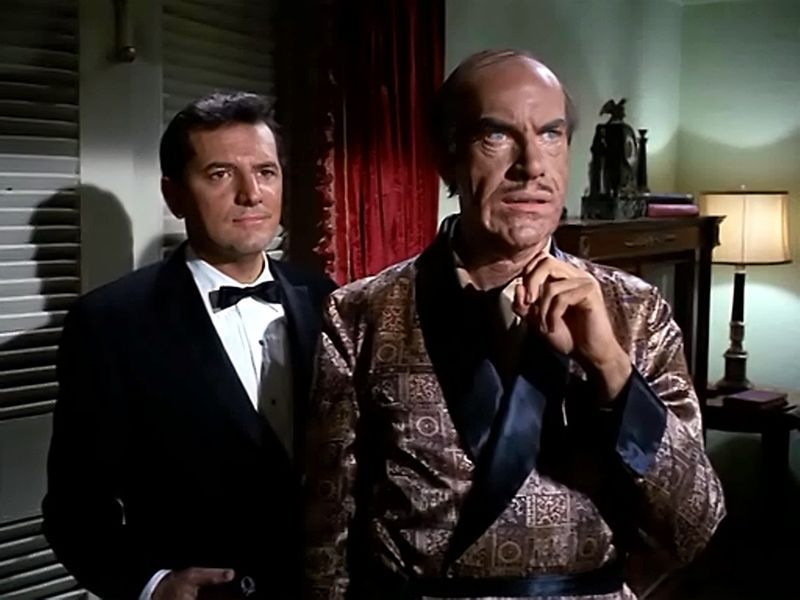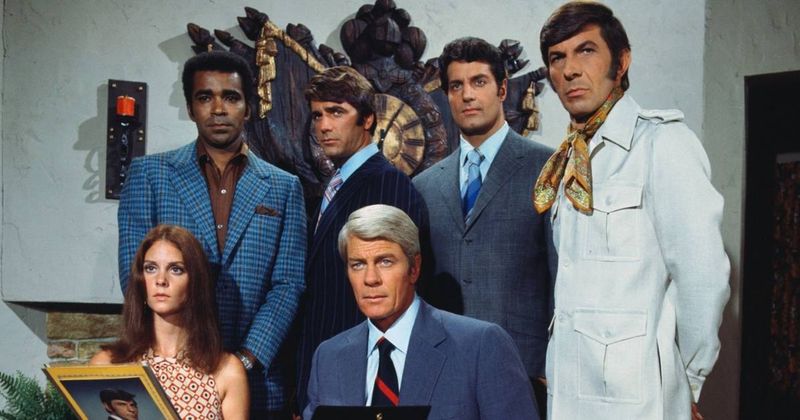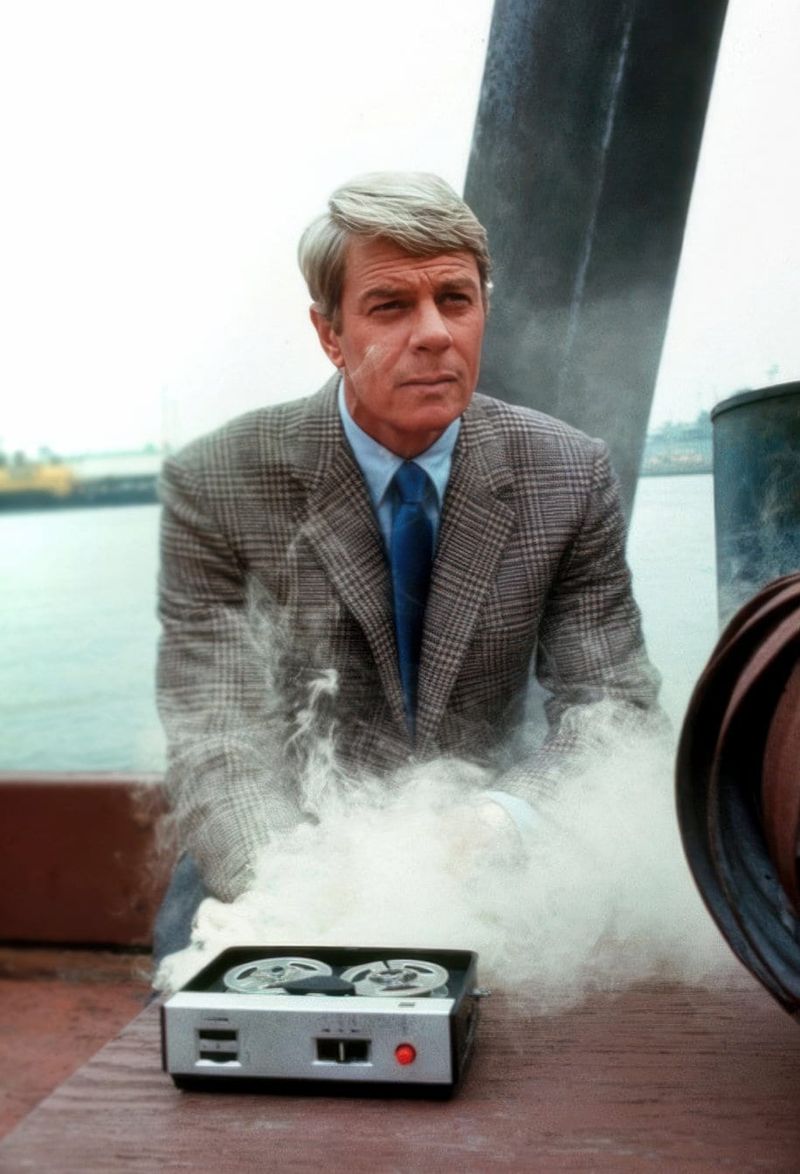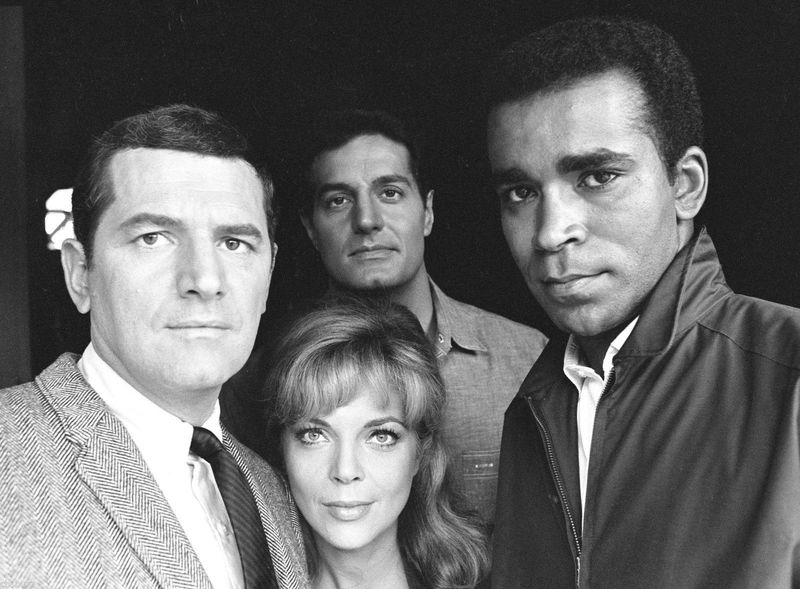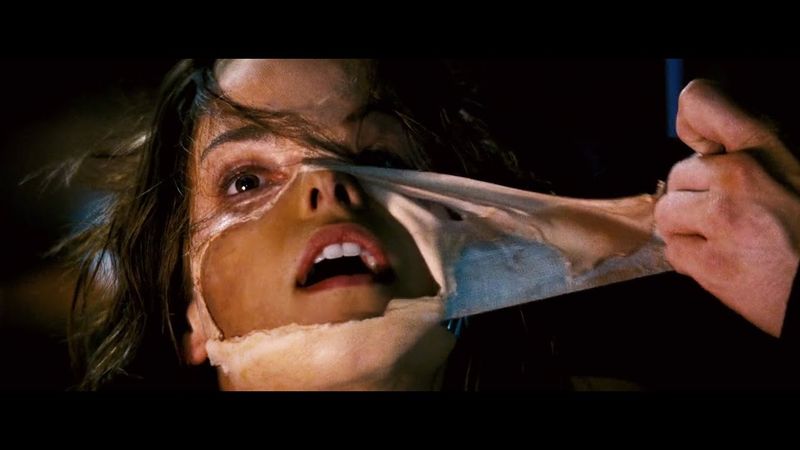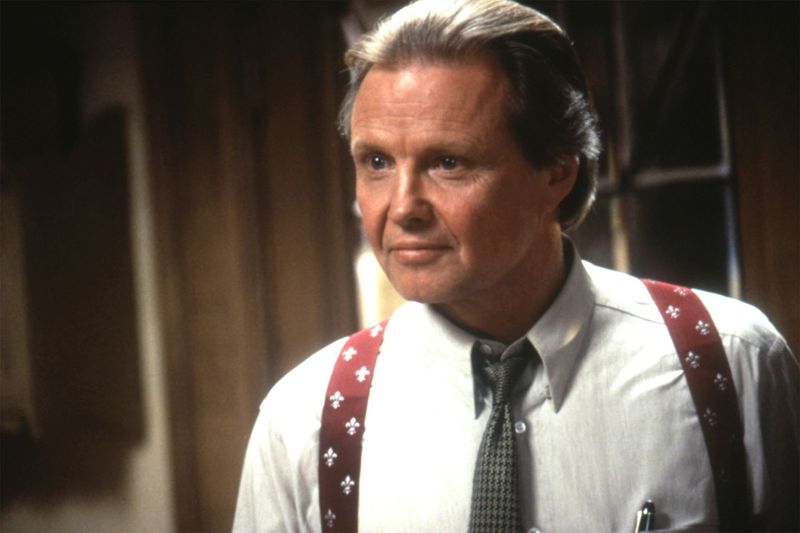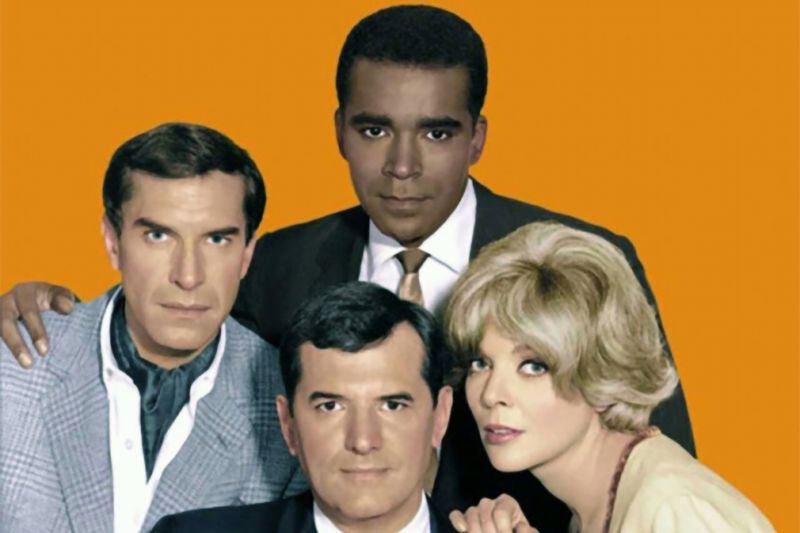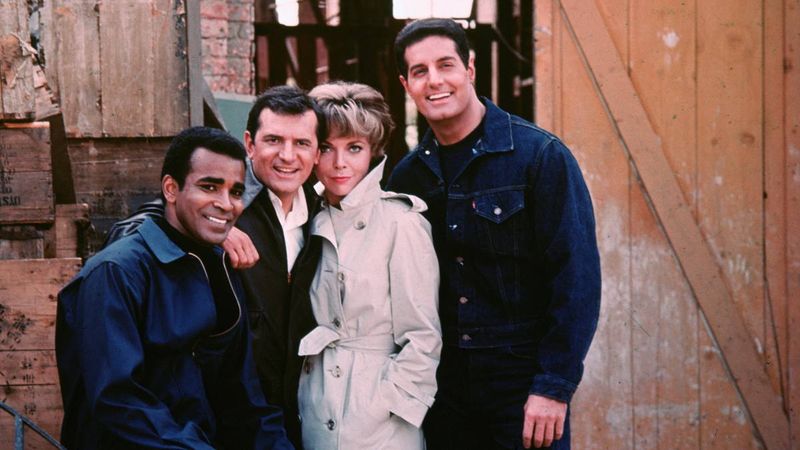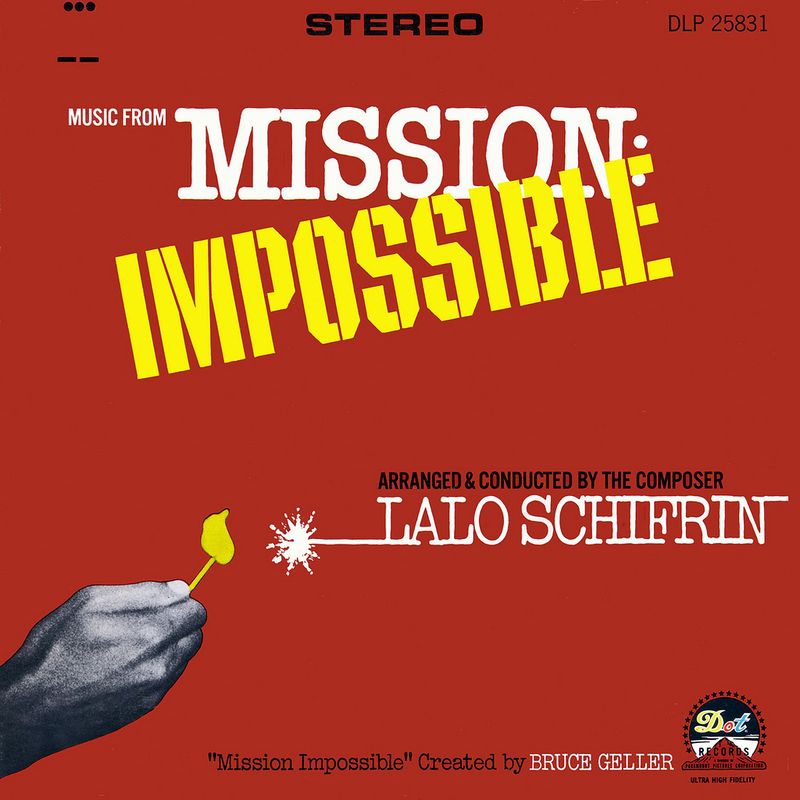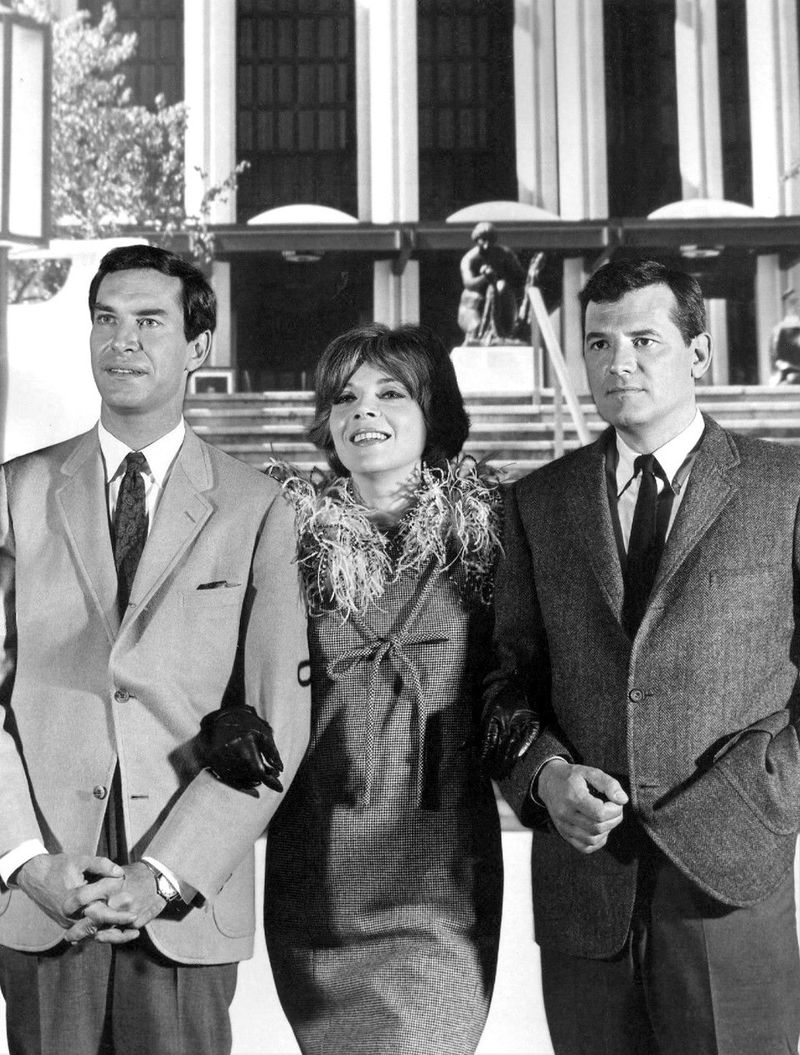Long before Tom Cruise brought his death-defying stunts to the big screen, Mission: Impossible was redefining television in the 1960s and ’70s. With its signature tape-recorded briefings, masks that fooled everyone, and operatives who relied more on brain than brawn, the original Mission: Impossible series was unlike anything on TV—and in many ways, it still is. Here’s why this classic spy show continues to overshadow modern counterparts.
1. No Superheroes, Just Super Smart Plots
In an era where today’s shows depend on tech wizardry, Mission: Impossible stood its ground with sheer intellect. Each mission unraveled like a chess game, challenging both the characters and the viewers. No fantasy tools, just pure cerebral thrills. The audience became part of the team, deciphering intricate plans and savoring the victory of a well-executed plot. This focus on brains over brawn remains a hallmark of its lasting appeal.
2. The Cold War Was Real, and So Was the Tension
Set against the backdrop of real Cold War fears, the show infused genuine tension into its narrative. The stakes weren’t just fictional; they mirrored global anxieties. Viewers felt the pressure of each mission, as if the world was watching. This authenticity kept audiences on the edge, rooting for the team as they navigated espionage’s dark alleys. The realism of this era enriched the storytelling, making the suspense timeless.
3. The Opening Tape Scene Was Iconic
“Your mission, should you choose to accept it…” A phrase that echoed in living rooms and became a staple of pop culture. This opening, with its self-destructing tapes, set the tone for countless thrilling escapades. Each message was a promise of intrigue, drawing viewers into a world where danger lurked at every corner. It wasn’t just a gimmick; it became synonymous with suspense and innovation, immortalized in television history.
4. A True Ensemble Cast
In contrast to today’s star-centric narratives, Mission: Impossible flourished through its ensemble cast. Each member was a cog in a well-oiled machine, contributing unique skills to the mission’s success. The show celebrated teamwork, showcasing specialists whose talents shone equally. This collaborative spirit offered depth, allowing viewers to connect with multiple characters. The dynamic synergy propelled the series, illustrating that unity was its true protagonist.
5. Mind-Bending Disguises
In a world before CGI, Mission: Impossible mastered the art of disguise with astonishing realism. The series wowed audiences with intricate prosthetic masks and acting prowess, transforming agents into anyone. Each reveal was a gasp-inducing moment, a testament to the craftsmanship and creativity behind the scenes. The clever use of disguises became a trademark, adding layers of deception and surprise that left lasting impressions.
6. They Let the Audience Do the Thinking
Mission: Impossible respected its audience, offering plots that challenged and intrigued. Minimal exposition invited viewers to think, piecing together clues alongside the characters. This cerebral approach created an interactive experience, rewarding attentiveness with richly woven narratives. The show’s refusal to spoon-feed information fostered a deeper connection, making each episode an intellectual adventure rather than mere entertainment.
7. Ahead of Its Time in Diversity
Barney Collier, portrayed by Greg Morris, was a groundbreaking character in television history. As a Black electronics expert, he wasn’t a sidekick or comic relief but a vital team member. His role challenged stereotypes, offering representation in an era of limited diversity. This inclusion was revolutionary, paving the way for future generations. It highlighted the show’s forward-thinking ethos, elevating its relevance beyond mere entertainment.
8. Minimal Violence, Maximum Suspense
While many shows rely on explosions and gunfire, Mission: Impossible thrived on suspense and strategy. The tension simmered through clever deception and timing, creating nail-biting moments without gratuitous violence. This restraint elevated the stakes, making danger feel imminent and real. The series crafted suspense through narrative finesse, proving that thrilling storytelling could thrive without resorting to over-the-top action.
9. Groundbreaking Storytelling Techniques
Pioneering narrative techniques, Mission: Impossible embraced non-linear storytelling, weaving complex plots that engaged viewers’ minds. The show’s daring approach broke away from traditional formats, offering multi-layered schemes that required mental agility. This innovation kept audiences captivated, setting a standard for future television. It wasn’t just about the mission at hand; it was about experiencing the journey in an intellectually stimulating way.
10. The Theme Song That Launched a Thousand Parodies
Lalo Schifrin’s theme for Mission: Impossible isn’t just music; it’s an anthem of espionage. The pulse-pounding rhythm became synonymous with secret missions, capturing the essence of the spy genre. Its influence transcended the show, inspiring countless parodies and tributes in pop culture. This iconic tune didn’t just accompany the action; it amplified it, resonating with audiences long after the episodes ended.
11. Every Episode Felt Like a Mini-Movie
Mission: Impossible treated television like cinema, delivering episodes that felt like mini-movies. With tight scripts, cinematic direction, and globe-trotting plots, each installment offered a self-contained adventure. The craftsmanship was evident, drawing viewers into elaborate missions with high stakes. This cinematic flair elevated the series, making TV feel grand and ambitious. It wasn’t just weekly entertainment; it was an event, a testament to the show’s enduring legacy.

